It’s summer in BC—and that means fresh strawberries and crisp baby cucumbers and sun gold tomatoes on the vine, and oh, we could go on. You can almost taste the sun and the love that went into growing these garden delights. While the fruits and veg of the season are easy to love, when we eat in season and eat the rainbow, we’re also supporting our health in surprising and simple ways—as well as local family farms that practice sustainable growing and amazing acts of community.
Eating the fresh summer produce grown on a neighbouring farm is a pretty easy sell: fresh in a salad, roasted on the barbecue or baked in a pie, every bite is ‘the best’. Us foodies know how fleetingly wonderful this season is, but do you know that eating colourful, locally grown fruit and veg also boosts your health?
In case you needed one more reason to eat in season, it’s true. Each colour group provides a unique set of nutrients, antioxidants, vitamins and minerals, all different aspects of our well-being. From the crimson skins of tomatoes to the emerald leaves of spinach, each hue packs a punch of health benefits. Whether you’ve got a bit of inflammation from those hikes or you’re looking to strengthen brain stamina, there’s a fruit or veg to give you a boost.

Red
Examples: tomatoes, red peppers, strawberries, cherries, raspberries, beets, watermelon
Rich in: lycopene, anthocyanins, vitamin C, potassium, folate
Health benefits:
- Antioxidant properties: Lycopene (found in tomatoes and watermelon) has been shown to reduce the risk of certain cancers, especially prostate cancer.
- Heart health: Red foods may help lower blood pressure and cholesterol, reducing the risk of cardiovascular disease.
- Anti-inflammatory effects: Anthocyanins in red fruits may help reduce inflammation and improve brain health.
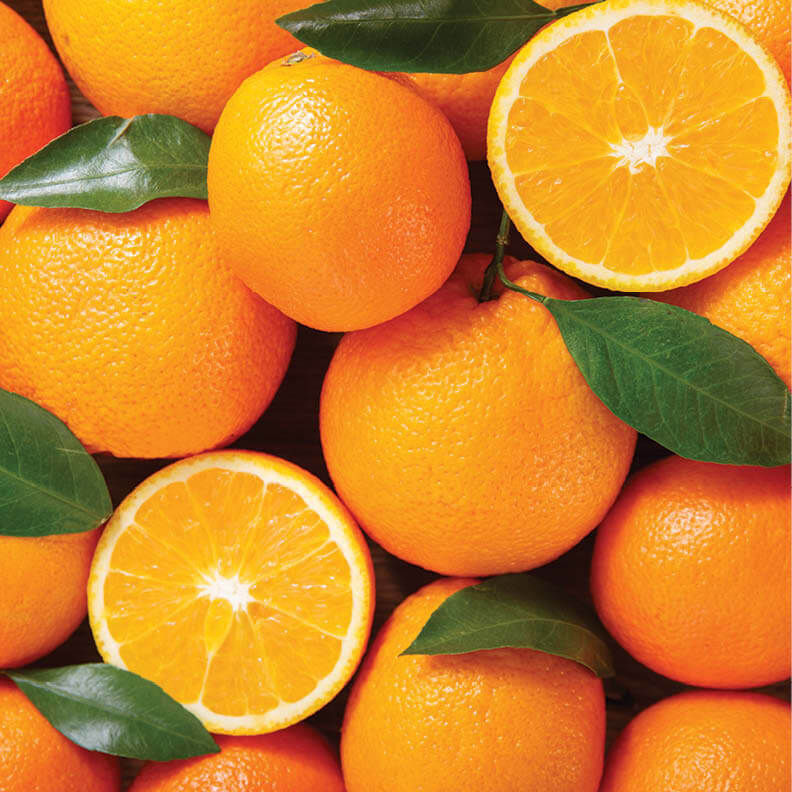
Orange & Yellow
Examples: carrots, sweet potatoes, pumpkin, oranges, mangoes, corn, bell peppers
Rich in: beta-carotene, vitamin C, flavonoids
Health benefits:
- Vision health: Beta-carotene (a precursor to vitamin A) is essential for maintaining good vision, especially in low light.
- Immune system boost: High vitamin C content helps strengthen the immune system.
- Skin health: Beta-carotene also supports healthy skin and may protect against sun damage.
- Anti-cancer properties: Some studies suggest that the compounds in orange and yellow vegetables may help reduce the risk of certain cancers.
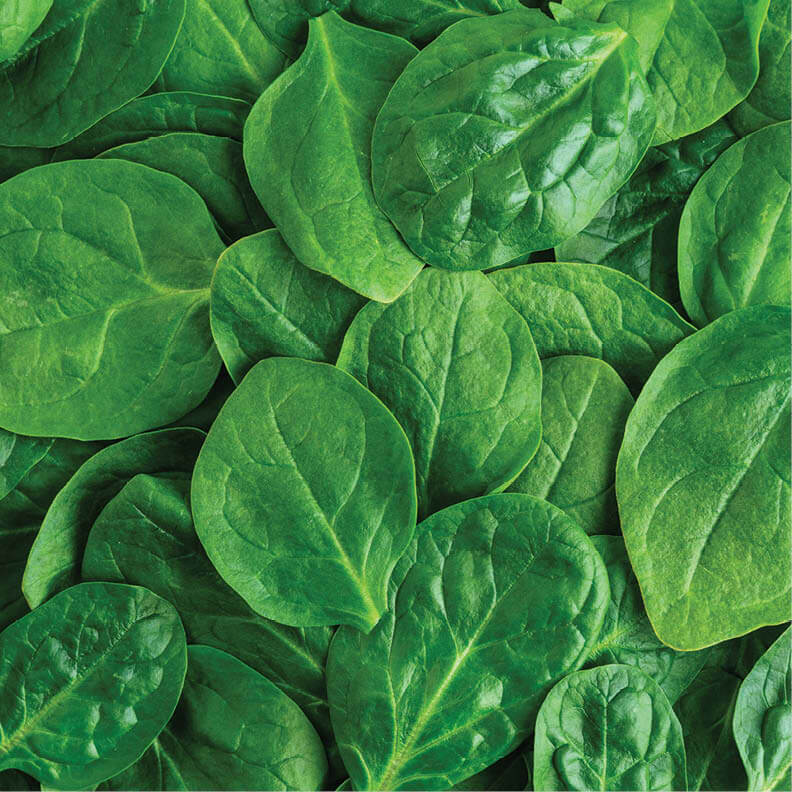
Green
Examples: spinach, kale, broccoli, peas, cucumbers, green apples, avocados, green beans
Rich in: chlorophyll, folate, fibre, vitamin K, lutein, magnesium
Health benefits:
- Bone health: High levels of vitamin K and magnesium are important for bone density and strength.
- Digestive health: The fibre in green foods supports gut health and regular digestion.
- Vision and brain health: Lutein and zeaxanthin, found in leafy greens, help protect against age-related eye diseases like macular degeneration.
- Detoxification: Chlorophyll in green foods has been shown to support detoxification by helping the liver eliminate toxins.
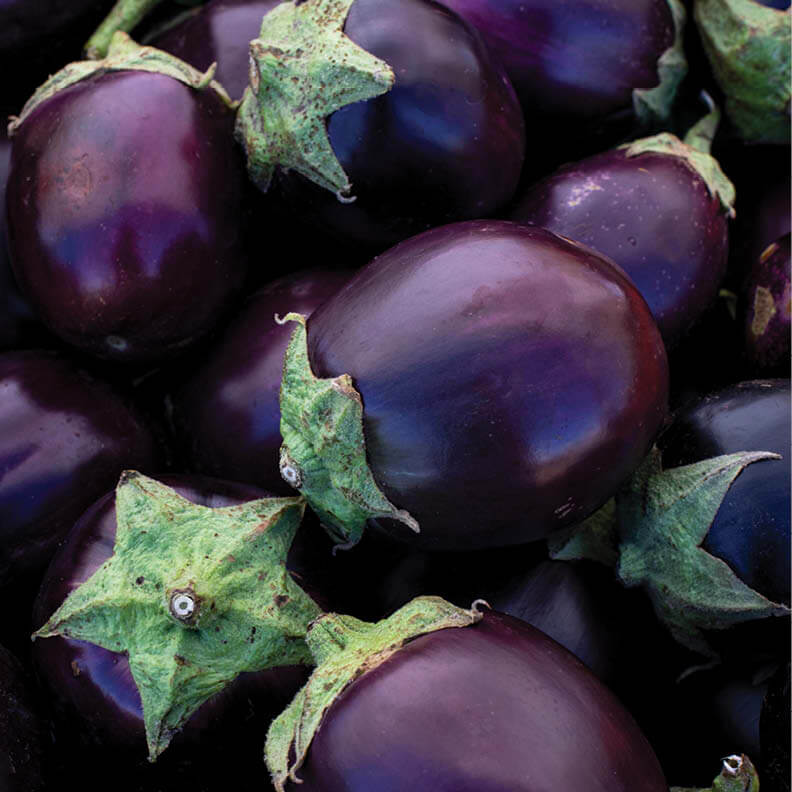
Blue & Purple
Examples: blueberries, blackberries, eggplants, purple cabbage, purple grapes, plums, figs
Rich in: anthocyanins, resveratrol, vitamin C, potassium
Health benefits:
- Brain health: The anthocyanins in these foods have been linked to improved cognitive function and may reduce the risk of neurodegenerative diseases like Alzheimer’s.
- Heart health: Resveratrol in purple foods, especially grapes, has been shown to support heart health and improve circulation.
- Antioxidant properties: Blue and purple foods are packed with antioxidants, which help protect cells from oxidative stress and inflammation.
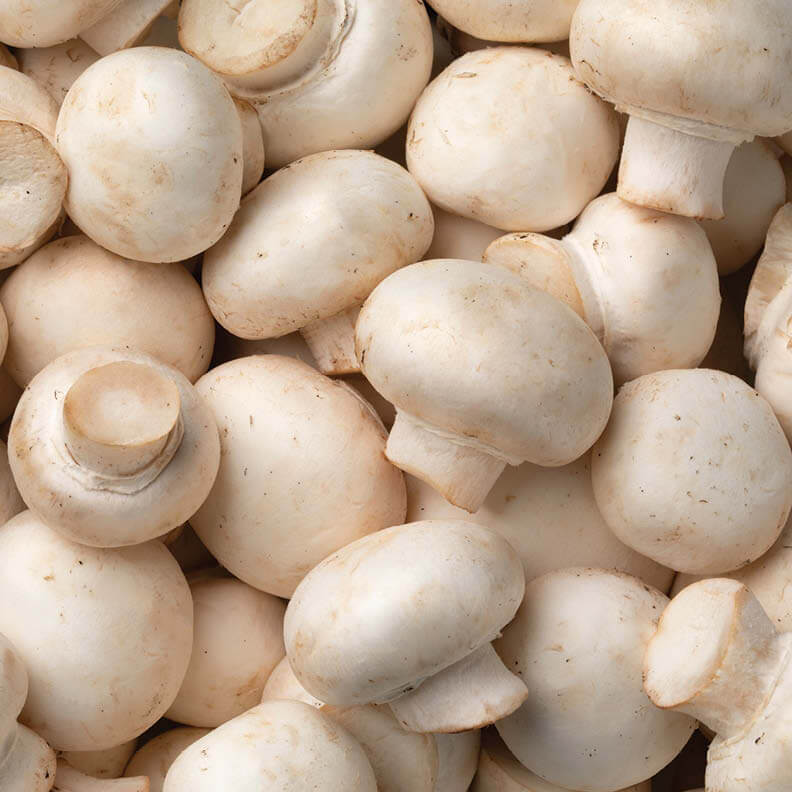
White & Tan
Examples: cauliflower, garlic, onions, potatoes, mushrooms, bananas, parsnips
Rich in: allicin, quercetin, potassium, fibre, vitamin C
Health benefits:
• Immune support: Garlic and onions, rich in allicin, are known for their immune boosting and antimicrobial properties.
• Heart health: Many white foods like garlic and onions are linked to reducing blood pressure and cholesterol, supporting cardiovascular health.
• Digestive health: Many white foods are good sources of fibre, which aids digestion and supports gut health.
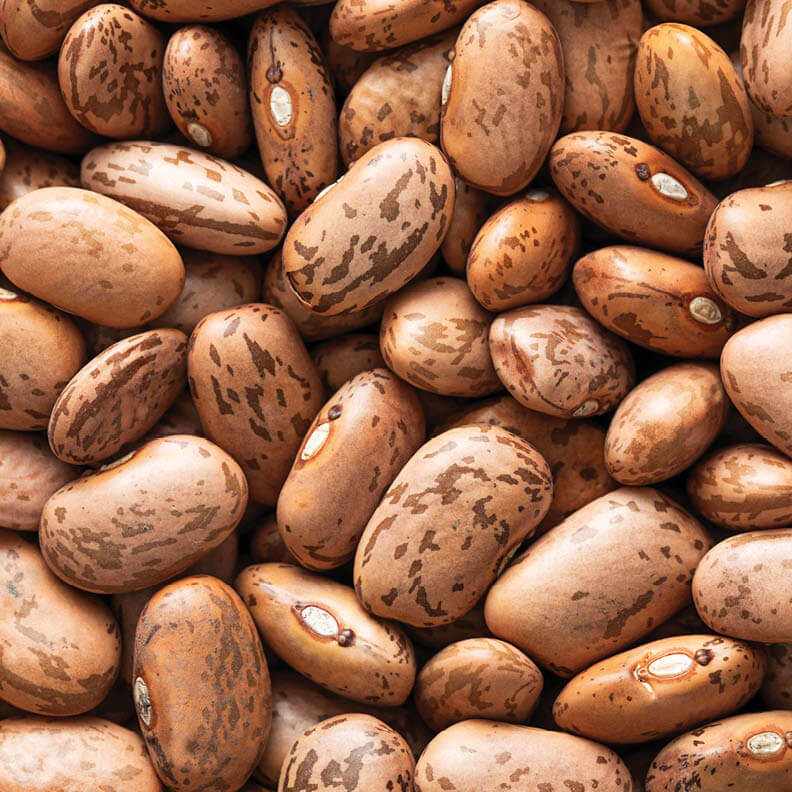
Brown & Tan
Examples: whole grains (brown rice, oats, quinoa), nuts, seeds, legumes
Rich in: fibre, healthy fats, magnesium, protein, vitamins B6, E and K
Health benefits:
- Heart health: The healthy fats and fibre in these foods help lower bad cholesterol levels and reduce the risk of heart disease.
- Blood sugar control: Whole grains and legumes can help stabilize blood sugar levels, making them beneficial for people with diabetes.
- Weight management: The high fibre content promotes satiety and helps control appetite.
Tips for Eating a Colourful Diet
- Eat the rainbow: Consuming a wide range of coloured foods ensures you’re getting a diverse array of nutrients and antioxidants, which can provide comprehensive health benefits.
- Different colours, different nutrients: Each colour represents a different set of beneficial compounds. By including a variety of colours in your diet, you maximize the range of nutrients and healthpromoting properties.
By focusing on colourful foods, you support your immune system, heart, brain and digestive health, while reducing inflammation and the risk of chronic diseases. A little colour goes a long way for your well-being!
